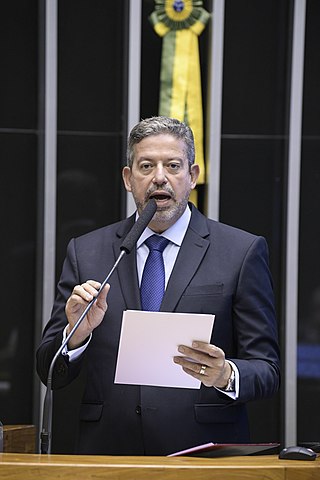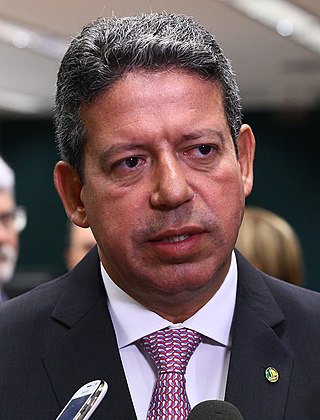Senate
Senate mechanics
Every Brazilian state has three senators. There are 26 states and 1 Federal District, so 81 senators in the Senate. Senators are elected every eight years, but the Senate is renewed every four years. The way this process works is by renewing a third of the senators, and then two thirds. This means that 27 members are elected every eight years, and four years later 54 senators are elected for the same period. The elections are done in a majoritarian way, and states elect either one or two senators every four years. The idea behind having only three members per state is to represent the state in itself, and not the population. This gives all the states the same importance. In each state there are usually a maximum of 20 candidates running each time, but this number may vary depending on whether voters are electing one or two senators. When two senators are being elected, voters can also vote for two candidates of their preference. [4]
Gender quotas and women's representation

Gender quotas have been argued to have a great impact in women’s representation. Countries with closed lists, some sort of proportional representation and gender quotas are a great terrain to foster women’s representation. [5] However, Brazil’s Senate does not have any of that in place. The election system is majoritarian, candidates run for their parties, but independently from one another. As for gender quotas, there are only the legislated candidate quotas. This means that the constitution requires a minimum number of women to be running in the Senate election. There are none legal sanctions for those that do not comply, or placement rules. Such decisions weaken the chance of women to be elected. Women have been underrepresented in politics throughout Brazilian history, with the first female senator being elected only in 1979, in the 46th legislation. [6] Women’s representation in the Brazilian Senate has never gone over 20%, meaning that no more than 13 women were ever in power at the same time. Seeing that there are 81 senators, which represent all the states and their interests, there should theoretically be more female senators.
States, parties and blocs
Some states and parties are more prone than others to both run and elect women to be senators and deputies. For these current terms, Mato Grosso do Sul and Paraiba have women as 2 out of their 3 senators. While other states such as Rio de Janeiro and Santa Catarina have no female representation. This varies considerably every new election, as it depends on many factors, such as voter disposition towards women, and the candidates on the run itself. [7] The Senate is very fragmented, with 16 parties in place. The biggest party representation in the Senate are the Brazilian Democratic Movement (MDB) and the Social Democratic Party (PSD), with 15 and 12 senators respectively. While four of MDB’s senators are female, no woman was elected from PSD. Even those that do make up the biggest portion of the seats do not have equal representation. Parties like the Progressive (PP), currently hold seven seats on the Senate, and four of those seats are female. While parties such as PODEMOS have no female representation, when they have nine senators in place. Differently from others, the Workers’ Party (PT) is the only one that has a voluntary gender quota in place, with gender parity in specific positions. Such findings then demonstrate that women’s participation in parties varies, and not always depends on the size of the party representation. Another part of the Senate are the blocs formed in order to pass legislation and policies. There are currently 12 blocs, which vary from the Majority Leadership to the Parliamentary Bloc United for Brazil. Women hold leadership positions in four of these blocs, with one of them being the Female Parliamentary Group. This group has been created and approved in the Plenary earlier 2021. It fends for women’s rights in every sphere. According to the leader, Simone Tebet, from MDB, it also keeps in mind the family, children, senior citizens and so on. [8]















